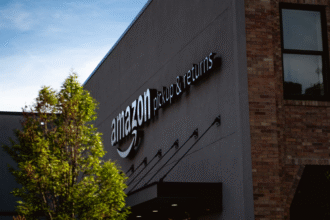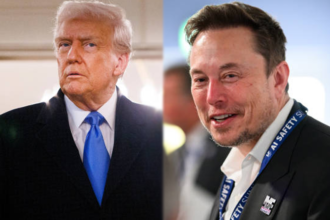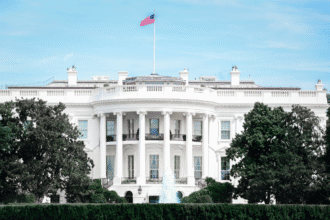Even as grocery prices rose for the first time in over a year, wine sales skyrocketed, driven by a summer of major sporting events, according to new data. Despite a 1.8% increase in grocery price inflation, shoppers indulged in celebratory purchases, highlighting a surprising trend in consumer behavior.
Why Did Wine Sales Increase Amid Grocery Price Inflation?
Wine sales surged 35% on the day of the Olympic opening ceremony, while £10 million worth of beer was sold during the Euro football final. This spike in alcohol sales, despite rising grocery prices, suggests that consumers are willing to splurge on special occasions, even when overall costs are climbing.
How Is Grocery Price Inflation Impacting Shoppers?
Grocery price inflation rose by 1.8% in the four weeks leading up to August, marking the first increase after 17 months of decline. While inflation is now lower than last year’s double-digit rates, shoppers are still advised to compare prices and seek out the best deals to maximize their purchasing power.
What Products Are Seeing the Fastest Price Increases?
According to Kantar, the fastest price increases were seen in vitamin and mineral supplements, fruit juices, and chocolate. On the other hand, products like toilet tissue, bottled cola, and dog food experienced slower price hikes, offering some relief to budget-conscious consumers.
How Are Supermarkets Competing for Customers?
Supermarkets are engaged in fierce competition to attract customers, with many offering promotions and discounts. This competitive environment is providing shoppers with opportunities to save, even as inflationary pressures loom on the horizon.
Is Climate Change Affecting Grocery Prices?
The British Retail Consortium (BRC) has warned that climate change is likely to drive further inflation. Unusually wet weather in England and extreme heat in other parts of the world have damaged harvests, reducing supply and pushing prices higher. Combined with geopolitical tensions, these factors could lead to additional price increases in the near future.
What’s Next for UK Inflation?
Overall inflation in the UK held steady at the Bank of England’s target rate of 2% in June. However, with energy prices expected to remain high, economists anticipate a rise in inflation when July’s data is released. The recent cut in the Bank of England’s key interest rate to 5% may offer some relief, but the battle against inflation is far from over.








